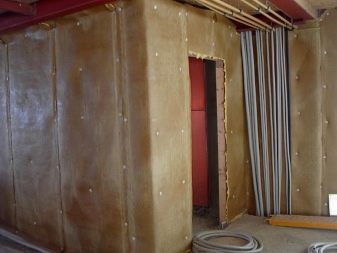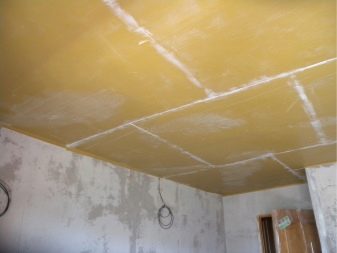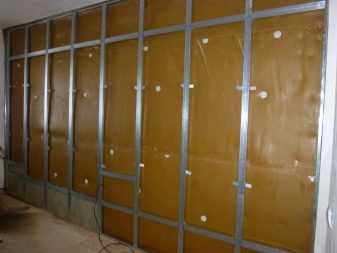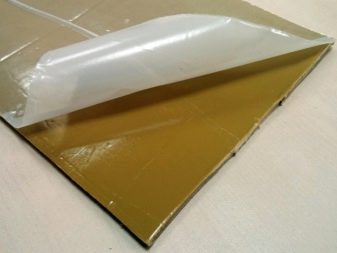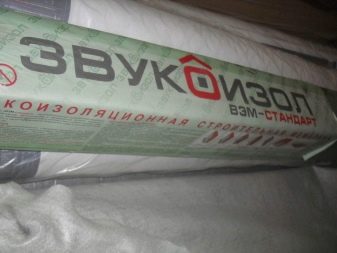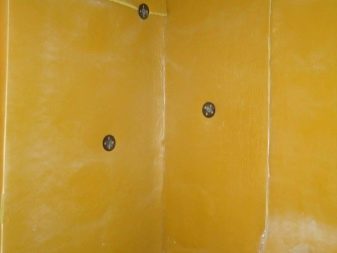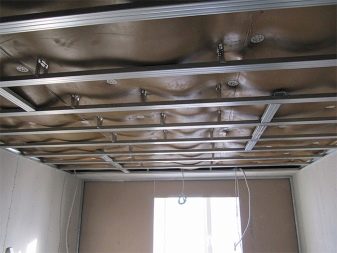Sound insulation of walls with the material “Soundproofing VEM”
Sound insulation of walls in an apartment or house is very important for a comfortable stay in the home. From a huge range of materials for sound insulation stands out such material as "Sound Insulation VEM". The article will discuss the advantages and disadvantages of this material.
What it is?
“ZvukoIzol VEM” is a sound-proof partition based on polymers, the hallmark of which is a large mass and elasticity. This product is designed for sound insulation of different types of surfaces, sometimes even the floor. Manufacturers advise to purchase this product in order to soundproof various types of premises, as well as an exhaust opening. This sound-proof product is perfect for both homes and office space.
Production of this material takes place on the territory of our country. This product is a less expensive version of the Spanish manufacturer Tecsound. Based on customer feedback, we can conclude that this analogue is no less quality and more affordable for the Russian buyer.
Advantages and disadvantages
This type of material is needed in order to improve the noise insulation of roofs, as well as the walls and floors of various buildings. Another positive feature is thermal insulation and waterproofing.
The main advantages of the sound-proof material “Sound Insulation VEM” include:
- absence of chemical substances harmful to the body;
- resistance to deterioration and decay;
- the material is not prone to change in shape, as well as the appearance of crevasses and swelling;
- the presence of a high insulation rate of 25-27 dB;
- resistance to low temperatures as well as moisture;
- is an eco-friendly material.
Composition and characteristics
ZvukoIzol VEM is produced on the market of building materials in two versions, which differ from each other by the presence of a self-adhesive layer. This sound-proof membrane consists of a low molecular weight binder and a polymer consisting of a spheroid structure. Experts recommend rolled "ZvukoIzol VEM" not only as a noise-canceling material, but also as a thermal protective lining for rooms with high demands for energy saving, as it is cold-resistant and retains heat well.
The following types of material rolls are produced (length x width x thickness):
- “Sound Insulation VEM 2” (“Standard”) - 2.5 mx 1.2 mx 2.5 mm;
- “Sound Insulation VEM 3” - 2.5 mx 1.2 mx 3 mm;
- “Sound Insulation VEM 4” - 2.5 mx 1.2 mx 4 mm;
- “ZvukoIzol Prime” - 12.52 mx 1.2 x 20 mm (currently not available).
The weight of the roll varies from 12 to 24 kg depending on the parameters.
Application area
This product can be used for sound insulation, as well as heat insulation of various types of rooms, as well as for solving sound problems that are associated with the improvement of environmental noise suppression technologies.
"ZvukoIzol VEM" is used for such structures:
- wall and ceiling structures in conjunction with sound-absorbing materials;
- roofing components of the roof, having a metal base;
- sound screens for equipment of different types of use (in air conditioning systems, electrical appliances and so on).
Installation
If the scope of "ZvukoIzol VEM" are partitions, experts advise to increase the effectiveness of the result to combine it with substances having a fibrous base.
It is worth noting that when you combine a material with a concrete or brick foundation, you should not expect a good result.
For good insulation, a larger material (by weight) must be replaced by a material with less weight.
Using an adhesive based on vinyl "ZvukoIzol VEM" is attached to the inner wall of the gypsum plasterboard. In this case, drywall should be placed horizontally on the dais, smearing it with glue on top. After some time, when it dries out, a sound-proofing material is installed on the sheet, an additional layer of glue is not required.
After you need to check that "Soundproofing VEM" firmly held on the drywall, and there were no cracks. Then the finished structure is mounted on the frame, like a normal sheet of drywall.
You should know that over such a sound-proof membrane should not be fixed tile or plaster.
“Sound-Insulation VEM” will help to make any room more warm and protected from extraneous sounds.
For a review and installation of a similar sound insulation material from Tecsound, see the video below.


